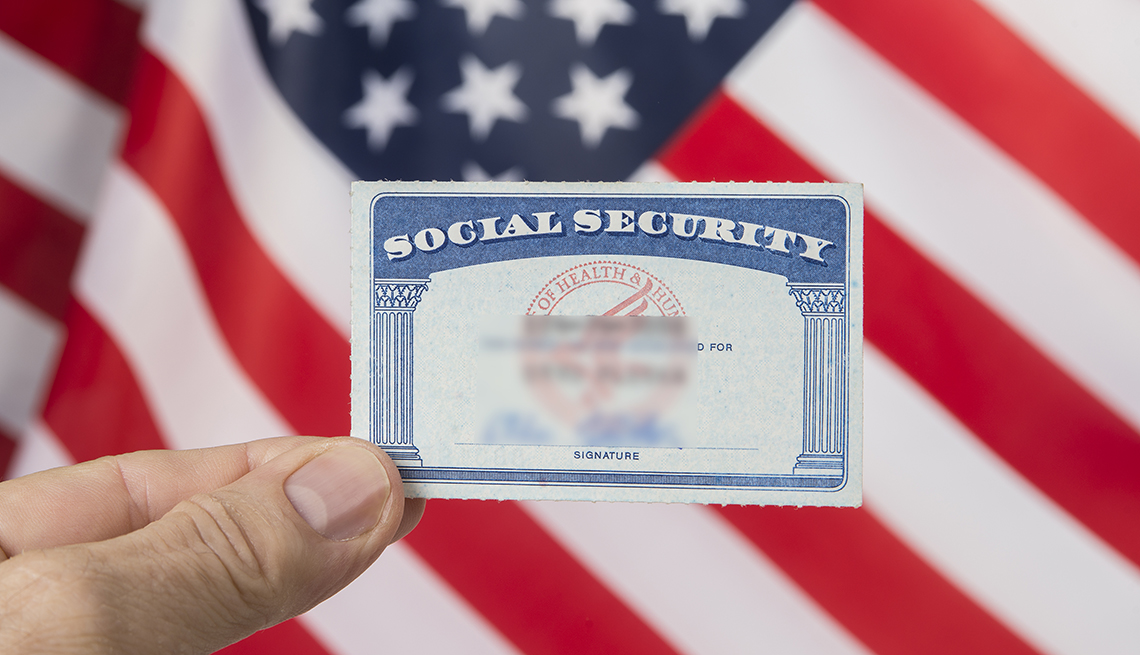
- Select a language for the TTS:
- UK English Female
- UK English Male
- US English Female
- US English Male
- Australian Female
- Australian Male
- Language selected: (auto detect) - EN
Play all audios:
U.S. senators and members of the House of Representatives are covered by the Social Security program, as are the president and vice president, federal judges, and other federal government
officials and employees. They pay Social Security taxes, like the vast majority of U.S. workers. Congress wasn’t always part of the system. The Social Security Act of 1935, which
established a national retirement benefit, exempted “services performed in the employ of the United States Government” from occupations whose workers paid into the system and received
benefits. That meant senators and representatives did not pay Social Security taxes on their congressional salaries, although they did have to do so for outside income, such as speaking
fees. Instead, in the 1940s, Congress voted to include itself in the Civil Service Retirement System (CSRS), a voluntary program in which federal employees could have a percentage of their
pay deducted to fund annuities. Senators and House members who chose to join the CSRS could make higher contributions than regular government workers and receive larger benefits. That
remained the case until the 1980s, when Congress tackled a broad overhaul of Social Security to avert a looming shortfall in the system’s funding. Some members had long argued that it was
inappropriate for lawmakers to exempt themselves from Social Security taxes ordinary workers were required to pay. The National Commission on Social Security Reform, established by President
Ronald Reagan in 1981, included bringing the federal workforce under the Social Security system among its recommendations to buttress the program’s finances. The change was enacted as part
of the sweeping Social Security Amendments of 1983, which, among other things, raised the full retirement age and introduced income taxes on Social Security benefits. Under the new law,
House members, senators and others in the federal workforce were brought into the Social Security system and began paying Social Security taxes on Jan. 1, 1984. Members of Congress elected
before 1984 could choose to be covered for retirement in one of four ways: * Social Security alone. * Social Security and the CSRS. * An “offset” plan that reduced CSRS contributions and
benefits by the amount of Social Security contributions and benefits. * Social Security and the Federal Employees’ Retirement System (FERS), a pension program that replaced the CSRS in 1987.
Those elected since 1984 are eligible for Social Security and FERS benefits. Senators may decline FERS coverage and opt for Social Security alone. So can House members who took office
prior to Sept. 30, 2003, but FERS is mandatory for representatives elected since then. The FERS system is financed by a combination of payroll deductions and federal funding. And in case
you’re wondering, there are five still-serving members who entered Congress before it was covered by Social Security: Sen. Charles Grassley of Iowa and Reps. Hal Rogers of Kentucky, Chris
Smith of New Jersey, Steny Hoyer of Maryland and Marcy Kaptur of Ohio.




